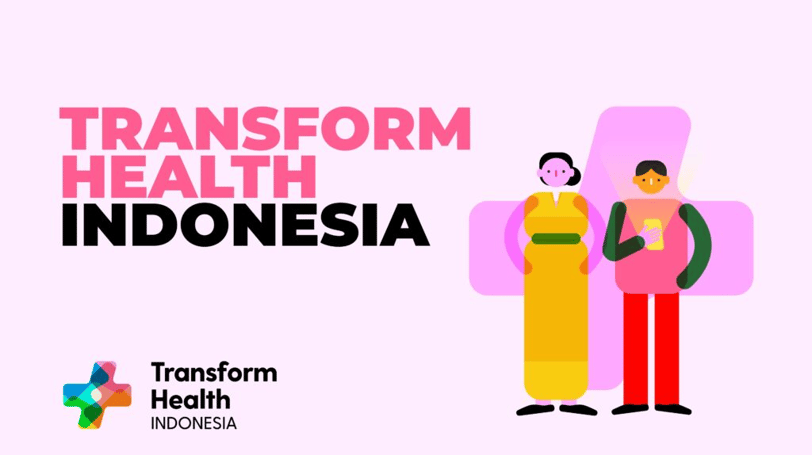Overview of the Indonesian Pharmaceutical Industry in 2024
This blogpost highlights the sector’s resilience, import dependency, and its significant role in Indonesia's economic landscape.
Neelakshi S.
1/21/20253 min read


The Indonesian pharmaceutical industry continues to showcase its resilience and adaptability, emerging as one of the fastest-growing sectors in the post-pandemic economy. In 1Q24, the Chemicals, Pharmaceuticals, and Traditional Medicine sector recorded its highest GDP growth since the pandemic, reflecting robust demand in both domestic and export markets.
While the sector encompasses diverse industries, the pharmaceutical segment remains a focal point due to its critical role in meeting healthcare needs and driving economic growth. However, the industry's heavy reliance on imported raw materials underscores ongoing challenges in achieving self-sufficiency and ensuring long-term sustainability.
Highest Growth Since Post-Pandemic:
Chemicals, Pharmaceuticals, and Traditional Medicine GDP grew 8.10% YoY in 1Q24, surpassing the manufacturing growth (4.13% YoY) and national GDP growth (5.11% YoY).
Sector contribution to GDP reached 2% in 1Q24, slightly below its peak of 2.1% in 3Q21.
Key Drivers of Growth:
Increased domestic and export demand for chemical products.
Normalization of pharmaceutical raw material imports post-pandemic.
Dependence on Imports:
The industry heavily relies on imported raw materials for pharmaceutical production.
At the peak of the COVID-19 pandemic (2021), raw material imports surged to USD 12.6 billion, marking a 33.5% YoY increase.
Post-Pandemic Import Trends:
Raw material imports dropped by -19.9% YoY in 2022 and -18.7% YoY in 2023.
In 1Q24, imports slightly rebounded, rising by 2.7% YoY to USD 2.1 billion from 1Q23.
Focus on Pharmaceuticals:
While the Chemicals, Pharmaceuticals, and Traditional Medicine sectors encompass distinct industries, 2024's growth emphasis is primarily on pharmaceuticals.
This highlights the sector’s resilience, import dependency, and its significant role in Indonesia's economic landscape.
Indonesia’s health-related industries, including pharmaceuticals, are poised for sustained growth, supported by the country’s improving economic trajectory.
According to the World Bank, Indonesia’s GDP per capita reached USD 4,788 in 2022, with an impressive average growth rate of 9.3% over the past two decades. Looking ahead, Indonesia aims to transition from a middle-income to a high-income country by 2034, with a targeted GDP per capita exceeding USD 10,000.
Rising GDP per capita reflects increasing national income, enabling higher public spending on healthcare and empowering the government to enhance public healthcare infrastructure.
As incomes grow, Indonesians are likely to demand better-quality health services, prioritizing not only treatment but also preventive care. This shift in public health expectations is expected to drive future investments and spending in the healthcare sector, creating significant opportunities for growth and innovation.
Shift in Healthcare Spending Patterns in Indonesia
Healthcare spending in Indonesia remains primarily focused on curative care, but this trend is gradually declining. The largest share of per capita health expenditure, approximately 54.9%, is directed toward government and private hospitals. However, over the past five years, spending on hospitals has shown a consistent decline, decreasing by -0.4% annually for government hospitals and -0.7% annually for private hospitals. Overall, curative public health expenditure has decreased by -0.48% per year, reflecting efforts by health payers—such as the Government’s BPJS and insurance providers—to manage rising healthcare costs.
This shift is also evident in the pharmaceutical sector. Prescription drug growth has slowed compared to non-prescription and traditional medicines, as payers increasingly emphasize cost-saving measures. A notable example is the transition from expensive patented drugs to more affordable generic alternatives. These changes highlight a growing focus on cost efficiency and preventive care within Indonesia's healthcare landscape, signaling an evolving market dynamic for pharmaceutical companies.
Rising Focus on Preventive Healthcare in Indonesia
Over the past five years, per capita spending on preventive healthcare in Indonesia has seen a steady rise, growing by an average of 4.83% annually between 2019 and 2023. Key contributors to this growth include increased spending on medical check-ups, vitamins, and access to sports facilities, reflecting a heightened public awareness of the importance of maintaining health and preventing illness.
This shift presents a significant opportunity for pharmaceutical companies to cater to the growing demand for health supplements and wellness products. Moreover, spending on non-prescription drugs has shown a robust growth trend, reaching 8.2% annually, further underscoring the public's increasing focus on preventive and self-care measures.
Connect
Your partner in growth, market expansion, and digital execution across industries.
shri@medora.biz
+62-822-10-20-7000
© 2025. All rights reserved.
